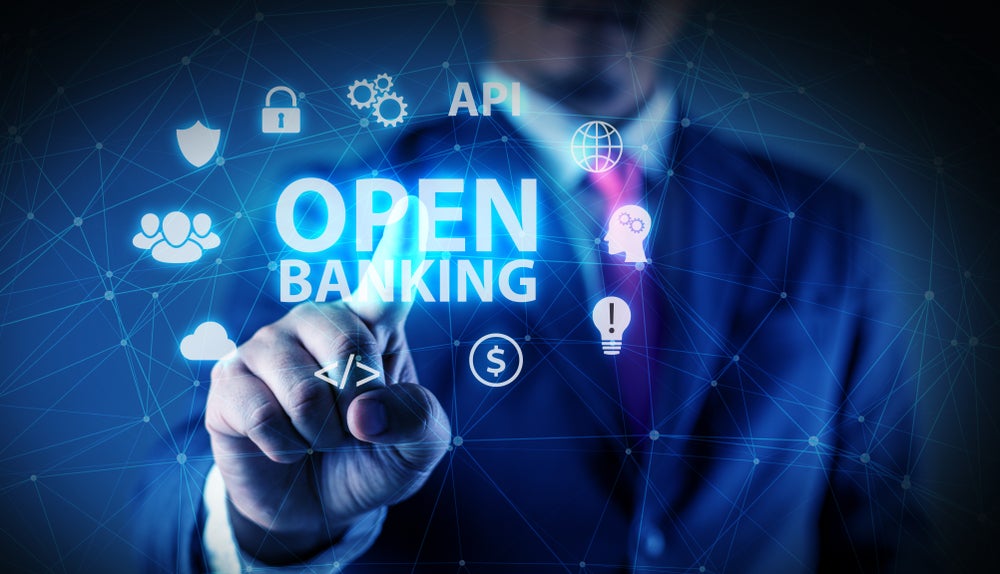
The 2019 pandemic sparked a period of significant change for the financial services industry which was largely driven by dramatically shifting consumer expectations. Across several sectors, customers have become increasingly accustomed to more tailored services without a drop in efficiency. In response to these challenges, banks are turning to artificial intelligence (AI) as a potential solution to navigate the complexities of the modern banking ecosystem.
At the moment, applications of AI and generative AI in retail banking are split across three main categories:
Customer centric
One of the key uses of AI in financial services is its ability to analyse transaction history, spending patterns, and demographic data. This can then be leveraged to suggest relevant financial products such as credit cards, loans, or investment options that are tailored to each customer’s needs and preferences.
Customers are also safeguarded from ‘bad actors’ with AI algorithms continuously monitoring customer transactions and behaviours to detect unusual patterns indicative of potential fraud. By analysing vast amounts of data in real-time, AI can promptly flag suspicious activities, protecting customers from identity theft and fraudulent transactions.
Decision making applications
AI developed to assess market trends, competitor pricing, and customer behaviour has resulted in fine-tuned pricing strategies and product offerings in real-time. By dynamically adjusting prices and promotions, banks can now maximise profitability while simultaneously offering competitive rates and incentives to customers. The benefits in this sphere extend to portfolio management platforms too where AI is being used to monitor economic indicators, and investment strategies to refine portfolio performance. Crucially, it’s doing this at greater speed and with elevated accuracy than previous traditional methods.
Enterprise level
AI has the potential to revolutionise how businesses approach learning and development, offering tailor-made learning paths that cater to everyone’s distinct skill set. Harnessing the capabilities of AI-driven insights, organisations can cultivate a culture of continuous learning and growth that propels both personal and professional development. Moreover, by equipping managers with the tools to provide precise support and mentorship, AI becomes the driving force behind unlocking the full potential of every member of the workforce, too. In doing so, companies pave the way for innovation and sustained success in the ever-evolving landscape of today’s business world.
How well do you really know your competitors?
Access the most comprehensive Company Profiles on the market, powered by GlobalData. Save hours of research. Gain competitive edge.

Thank you!
Your download email will arrive shortly
Not ready to buy yet? Download a free sample
We are confident about the unique quality of our Company Profiles. However, we want you to make the most beneficial decision for your business, so we offer a free sample that you can download by submitting the below form
By GlobalDataWhen evaluating the primary areas where AI is making strides in retail banking, at Kearney we have witnessed notable advancements in enhancing customer experiences and optimizing decision-making processes. Meanwhile, within the broader organisational framework, certain AI applications, particularly those related to HR, have made significant headway, while others are still in the developmental phase.
As we navigate this new world, it’s essential to take a considered approach and ask questions like: To what degree can humans entrust full responsibility to the emerging technology? Whilst there is currently an established synergy between AI and humans in retail banking, the potential to offset costs by fully implementing AI in critical decision-making processes will become more and more tempting as the technology continues to improve.
Companies must find a balance between addressing the needs and expectations of employees and customers, while navigating regulatory requirements and managing potential risks associated with AI implementation.
How do banks manage evolving regulation
The use of AI to support human decision-making is sparking a debate on transparency and accountability. To address these challenges, regulatory bodies and financial institutions must collaborate to mitigate the possibility of technological advancement outpacing our ability to manage risks effectively.
Establishing precise guidelines and standards is paramount to ensure the safety and fairness of all stakeholders. Specifically, there needs to be a focus on protecting the interests of vulnerable retail banking clients. Achieving this requires a nuanced approach in maintaining human oversight while effectively leveraging emerging technologies, especially in sensitive scenarios where human judgement is indispensable.
Will AI replace human interactions?
From using a virtual assistant to manage their finances or navigating a banking app, customers are now primarily interacting with their banking provider across digital platforms.
As technology advances, the dynamics of customer preferences become increasingly nuanced. While some individuals prioritise the personalised touch of human interaction, others gravitate towards the efficiency and accessibility of digital solutions, especially for routine transactions. Banks should be wary of navigating this dichotomy by tailoring their services to accommodate diverse preferences and needs. Understanding the intricacies of different customer groups will allow banks to deliver bespoke services through the most suitable channels.
That being said, face-to-face interactions will naturally always remain indispensable in the banking realm, and for several reasons. Firstly, where intricate transactions or sensitive inquiries are involved, customers often look for the expertise of human professionals who can offer guidance. Secondly, personal communication proves invaluable in addressing customer grievances, fostering a deeper understanding, and resolving concerns effectively. Finally, human interaction plays a crucial role in helping customers adjust to and make the most of digital banking platforms.
Leaders in AI will harness data effectively
Financial institutions hold extensive customer data that helps paint a broad picture of financial behaviour, product preferences, spending habits, and credit history. This dataset surpasses what big data firms typically offer, providing banks with a distinct advantage in understanding their clientele. However, the challenge lies in effectively using this data to enhance customer experiences.
Many banks still grapple with outdated ‘legacy’ systems, scattering data across platforms. While there are caveats, such as assessing the risk to personal and financial data when implementing new systems and transferring data, there is still a gap in the adoption of the latest technologies and infrastructures when compared to other industries. Recognising the vital role of data, many banks are actively looking to streamline and update their data management protocols. Banks capable of effectively organising their data and utilising it to drive valuable applications will emerge as the frontrunners in this increasingly competitive landscape.
Simon Kent is Global Head of Financial Services at Kearney
Simon has over 20 years of experience working in the financial services market in Europe as well as Africa and Asia. He works alongside well-known global retail banks and can provide market insights and trends







